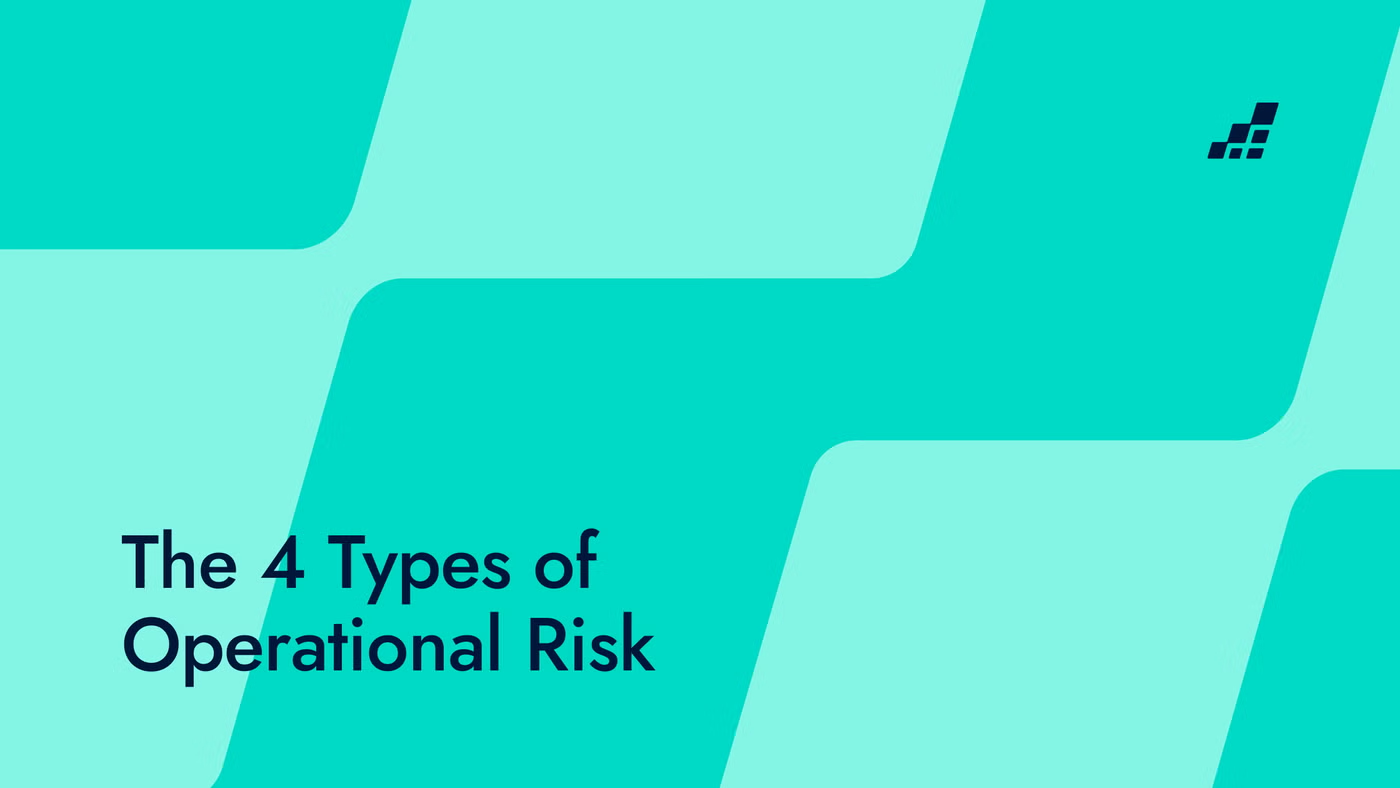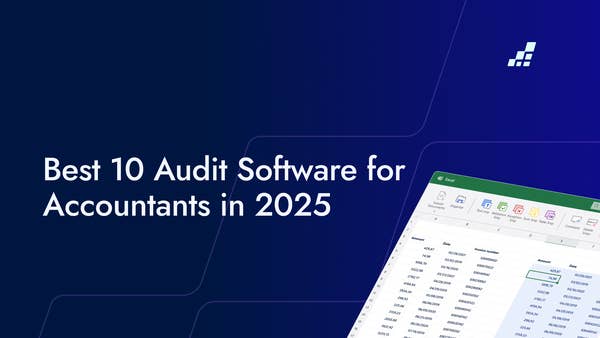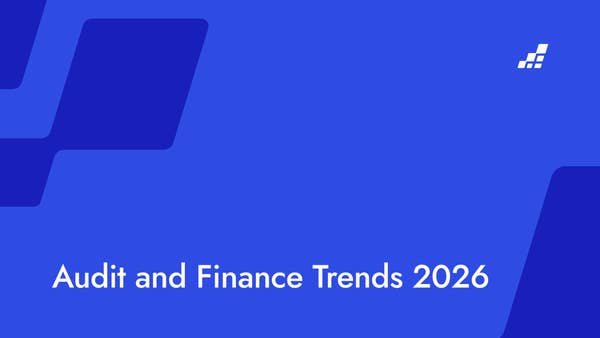- /
- Blog
Types of Operational Risk

Operational risk is a common term in finance, describing the chance of losing out due to things going wrong internally or externally. It covers a lot of possible risks, like problems with processes, people, or systems.
In this guide, we'll explore the different types of operational risk in detail to help you understand each one better.
Process Risk
To deal with process risk, regular checks, making processes better, and training employees are key. It's also super important to have a strong system for spotting and fixing mistakes and fraud.
Examples of Process Risk
Process risk covers a wide range of issues, from simple mistakes to major system failures. For example, a simple typo in data entry could mess up customer billing, or if a company's computer system crashes, it could mess up everything.
Another example is if a manufacturing company doesn't follow safety rules, there could be an accident in the factory. This not only puts employees at risk but also costs the company money because of downtime and maybe even legal trouble.
People Risk
People risk is all about problems related to, well, people. This includes stuff like when employees mess up, are careless, or don't have the right skills. It also covers things like losing key staff or not having a plan for when important people leave.
To handle people risk, good human resource practices are key. This means things like hiring the right people, training them well, and planning for when key staff move on.
It's also important for companies to create a culture where everyone acts with honesty and ethics to reduce the chance of employees doing the wrong thing.
Examples of People Risk
People risk shows up in different ways. For example, a salesperson might say something wrong about a product to customers, making them unhappy and maybe even causing legal problems. Or, if a top boss suddenly quits, it could mess up how things run.
Another example is if an employee doesn't have the right skills for their job, they might make mistakes and slow things down. This doesn't just affect their work but can also hurt how well the whole team or department does.
System Risk
To handle system risk, companies need strong IT security. This means things like making sure systems are updated and protected, having a plan for when things go wrong, and testing systems to find weak spots. It's also important to teach employees how to stay safe online.
Examples of System Risk
System risk comes in different shapes and sizes. For example, a company might get hacked because its security isn't good enough, and customer data gets stolen. Or, if there's a bug in the software, it could make the whole system crash, messing things up and costing money.
Another example is if hackers attack a company's computer systems, causing big problems and stopping things from running smoothly for a while. This not only costs money but also makes customers doubt the company.
External Risk
External risk is all about stuff that happens outside of a company's control. This includes things like natural disasters, political problems, new laws, and when the economy takes a hit. External risk can mess up how a company runs and how much money it makes.
Even though companies can't stop external risks, they can get ready for them. This means having a strong plan for managing risks, keeping an eye on what's happening outside, and being ready to change things up if needed.
Examples of External Risk
External risk can show up in lots of different ways, depending on where a company is and what it does. For example, if a company is in an area where natural disasters happen a lot, like hurricanes or earthquakes, it might have trouble keeping things running smoothly.
Another example is if a company works in a field with lots of rules, like healthcare or finance. Changes in the rules could mean more work and money to follow them, or even get fined if they're not followed.
DataSnipper and Operational Risk
- Accuracy and Quality of Data: With Datasnipper's automatic extraction and cross-referencing, your work processes become more reliable and precise. It's like having a meticulous assistant ensuring spot-on information, boosting confidence and reducing errors for informed decision-making.
- Efficiency in Auditing and Compliance: Datasnipper streamlines audit processes and compliance tasks with seamless organization and quick access to supporting documents. Navigating regulatory requirements feels effortless, reducing the risk of compliance issues and penalties.
- Risk Mitigation through Process Efficiency: Datasnipper's advanced features like automatic text recognition and document matching smooth out workflows, leaving you more time for strategic decision-making. By minimizing manual intervention, it mitigates the risk of human error, enhancing process reliability.
- Documentation and Traceability: Datasnipper serves as your trusty documentation ally, meticulously recording and organizing every transaction and activity. This comprehensive record-keeping is invaluable for tracing discrepancies or errors, essential for effective risk identification and mitigation.
- Consistency and Standardization: Datasnipper promotes consistency and standardization across operational processes by allowing you to create templates for data extraction and matching. Every task is executed with precision and uniformity, reducing variability and ensuring reliable outcomes.


.png?width=600&quality=70&format=auto&crop=16%3A9)